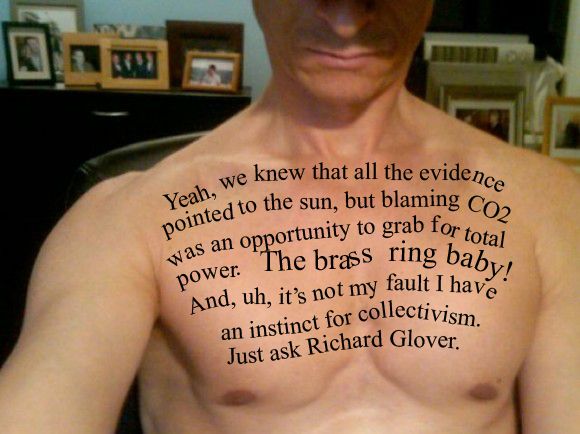 This guest post was written by Alvina Lopez of accredited online colleges
This guest post was written by Alvina Lopez of accredited online collegesFor those of you bloggers who are knowledgeable about the ins and outs of website design, you definitely have a leg up in the blogosphere, as most bloggers aren't completely aware how much a blog's layout and color scheme affects a reader's attention. At the same time, however, there are a few other considerations that design-centric bloggers might want to keep in mind, especially in terms of writing. Here are just a few:
1. The title is more important than you think.
Titles are something that some bloggers put more emphasis on than others. But we could all do with placing a particular importance on making each title something special. It is, after all the first thing our readers lay their eyes on. When thinking of titles, consider your own browsing history. When you read the news online, which articles do you tend to click on? How are their respective titles worded? Checking articles that top the most popular lists is also a good way to improve your blog titles.
2. Paragraphs and blog posts that are too long turn off lots of net readers.
Paragraphs and articles that are too short make you look lazy.
Obviously, most bloggers know that writing paragraphs that are too long can tire readers out. Remember, the
Internet is a veritable breeding ground for ADHD. At the same time, however, articles or paragraphs that are super short make your material look skimpy. Find a happy medium, and remember that most Internet readers especially like list posts.
3. Justified paragraphs are pleasing to the eye.
Some may disagree with me on this one, but having justified paragraphs like they do in newspapers is an aesthetic consideration that makes things easier to read. You can do this by hitting the "justify" button on Word if you do take write your first drafts on a word processor. It gives your blog articles a cleaner appearance. Off-setting quoted material in a different-colored box works well, too.
4. The placement of good hyperlinks is absolutely instrumental in drawing and keeping a reader's attention.
Hyperlinks that link out to related material are one of the hallmarks of good blog posts and Internet writing in general. But be careful. Placing too many hyperlinks can overwhelm your readers, and placing too few makes your blog post come off as not very authoritative and lacking supporting sources. Be sure to include links to quality material (i.e. stay away from content farm type stuff).
5. Cycling between the pyramid and inverted pyramid, depending on circumstances, keeps things fun and unpredictable.
Traditional journalists hew to the
inverted pyramid when it comes to structuring their articles. That is, they place all the most relevant and important information in the first paragraph, and put unnecessary details further down the article. While this is a good practice for news stories, with blog posts you can shake things up a bit. By doing a right-side up pyramid, in which you tease readers with the more important info toward the bottom, you can effectively get your audience to read with bated breath till the very end. Be careful with this style, however, because it can easily turn into an exercise in boredom. Be sure to make each paragraph interesting and suspenseful in its own right.
About Author
Alvina Lopez is a freelance writer and blog junkie, who blogs about
accredited online colleges. She welcomes your comments at her email Id: alvina.lopez @gmail.com.















No comments:
Post a Comment